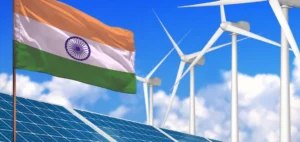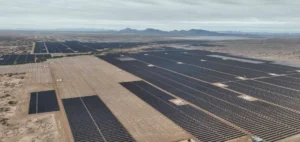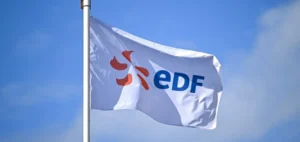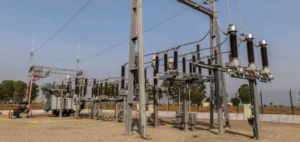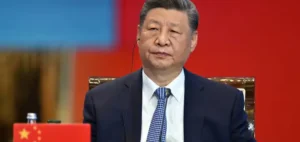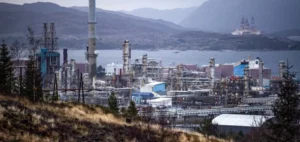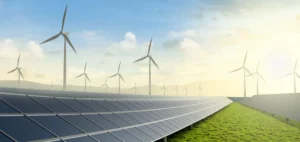Ørsted makes final investment decision for Greater Changhua 2b and 4 offshore wind farms in Taiwan
Ørsted’s offshore wind farms mark an important step in Taiwan’s energy transition.
Ørsted, the global leader in offshore wind, announced that it has made the final investment decision (FID) for its 920 MW Greater Changhua 2b and 4 offshore wind farms in Taiwan. This marks an important step for the company to accelerate the decarbonization process in Asia Pacific.
The Greater Changhua 2b and 4 offshore wind farms were awarded 920 MW of capacity in June 2018 in Taiwan’s first competitive price-based auction. With no mandatory local content requirements, Ørsted secured long-term project revenues by signing an Enterprise Power Purchase Agreement (EPPA) in July 2020 with Taiwan Semiconductor Manufacturing Company Limited (TSMC), the largest contract of its kind in renewable energy.
The Greater Changhua 2b and 4 projects have a solid business plan that will create long-term value for Ørsted stakeholders. The company has achieved good cost visibility by using its network of regional and global supply chain relationships.
Ørsted is financing the Greater Changhua 2b and 4 projects with combined capital and a guarantee from its parent company.
The projects will be financed by capital provided by the Ørsted Group, combined with debt capital from the domestic Taiwanese market – backed by a guarantee from the parent company Ørsted A/S.
Located about 35-60 km from the coast of Changhua, the Greater Changhua 2b and 4 offshore wind farms have obtained all environmental impact assessment approvals. The wind farms are expected to begin onshore construction in 2023, with component manufacturing in 2023-2024 and completion of offshore construction expected by the end of 2025.
Christy Wang, managing director of Ørsted Taiwan, expressed pride in the company’s highly capable teams for overcoming challenges related to site conditions, infrastructure, project engineering and procurement to bring the Greater Changhua 2b and 4 projects to a successful final investment decision. Wang also noted that the projects will implement the latest environmentally friendly suction box foundation technology for the first time in Asia Pacific.
Ørsted commits to build and operate large-scale offshore wind projects in Taiwan
As the world leader in offshore wind, Ørsted has installed more than 1,900 offshore wind turbines. At the end of 2022, the company had 8.9 GW of installed capacity, 2.2 GW of capacity under construction, and 11.2 GW of allocated capacity, for a total firm capacity of 22.2 GW. This is in line with the company’s ambition to reach an installed renewable energy capacity of 50 GW by the end of 2030.
With the support of its suppliers and stakeholders, the Ørsted team is ready to open a new chapter for offshore wind in Taiwan in harmony with nature and communities. Ørsted Asia Pacific’s President, Per Mejnert Kristensen, says: “Today’s positive investment decision demonstrates that Ørsted is ready to build and operate large-scale offshore wind projects in Taiwan. Our experience in Asia Pacific combined with our technical expertise, financial capabilities and close collaboration with stakeholders gives us full confidence that we will meet our commitments to the grid contract with the Taiwanese authorities and the CPPA with TSMC.”




